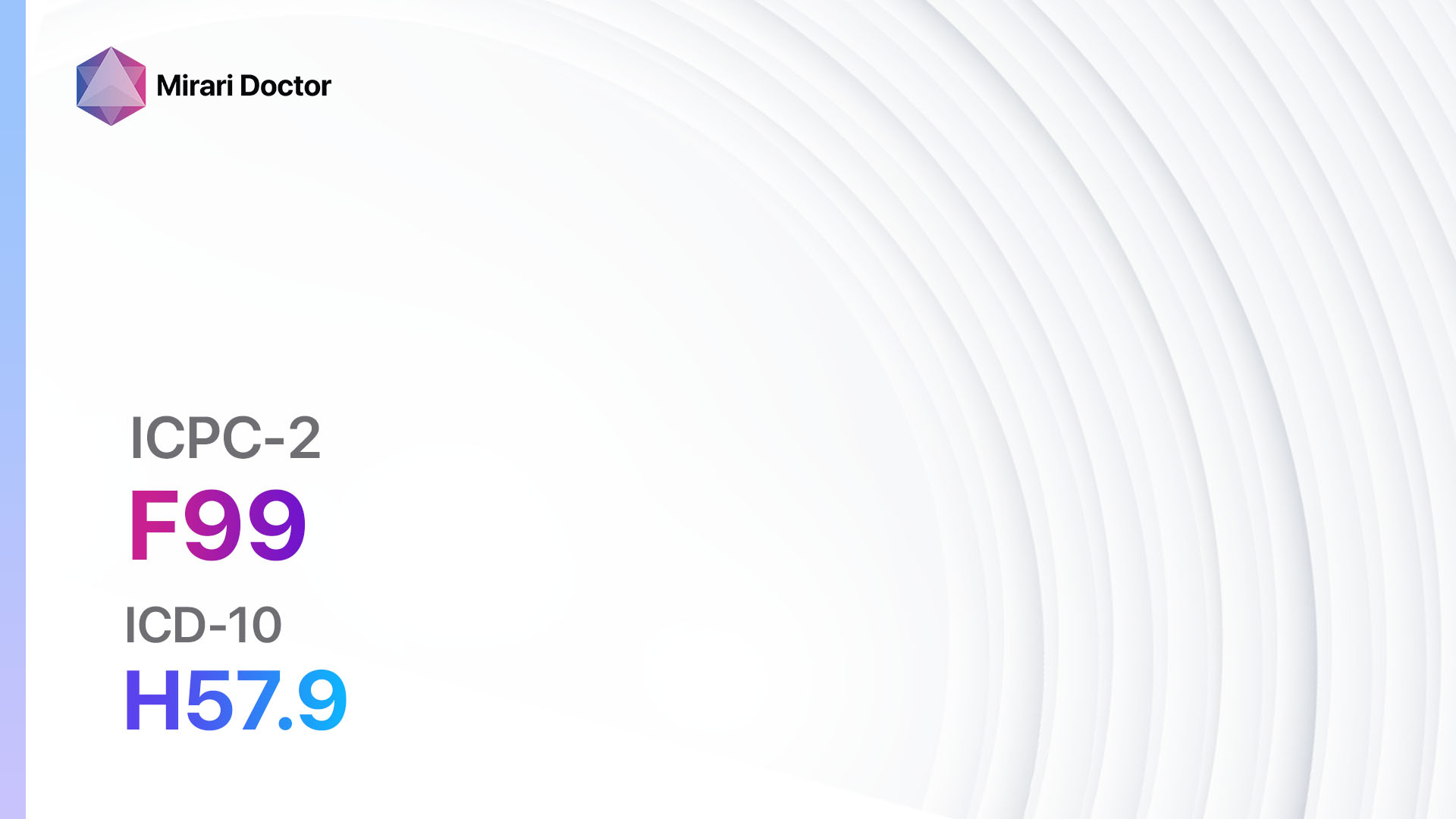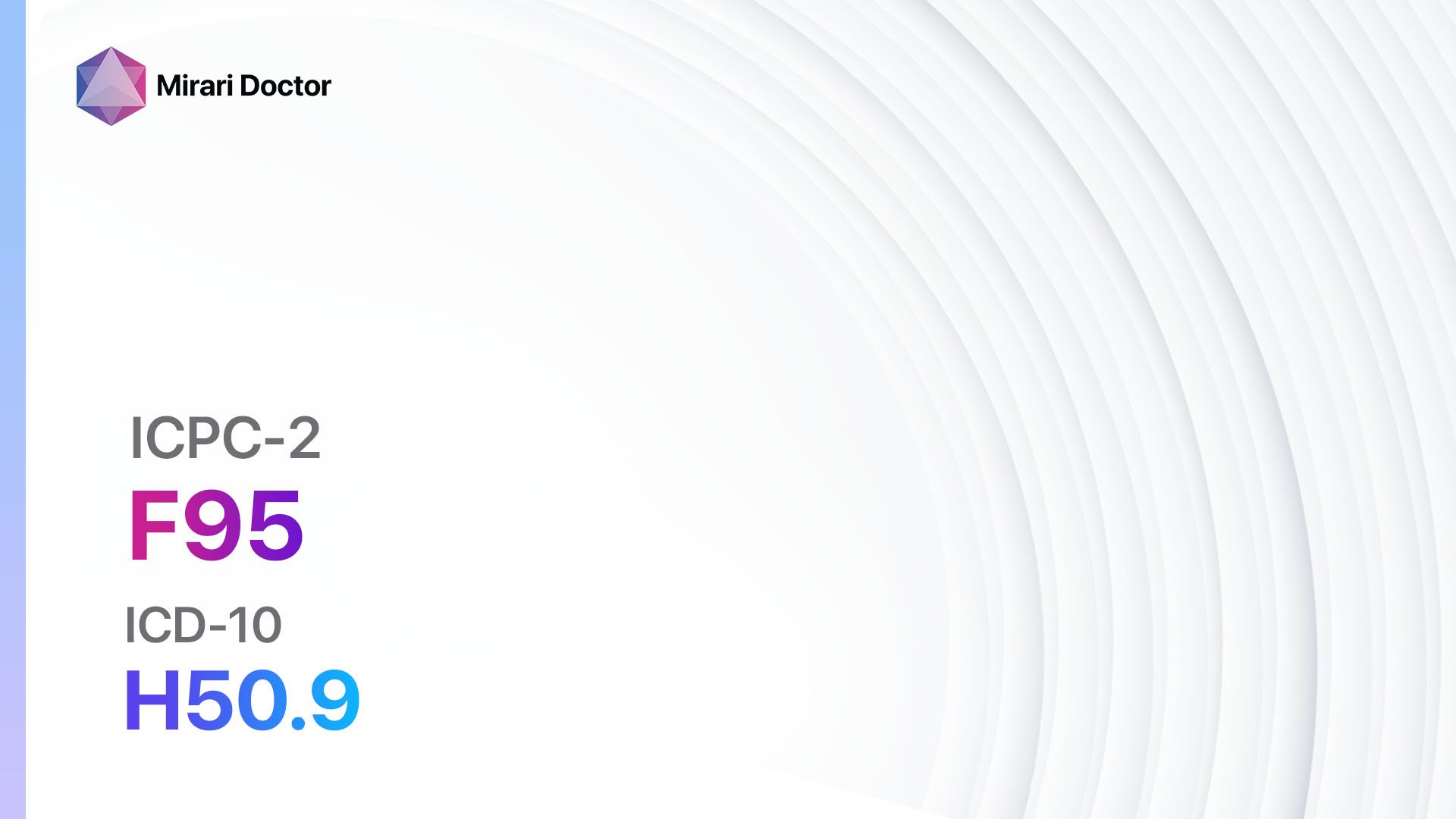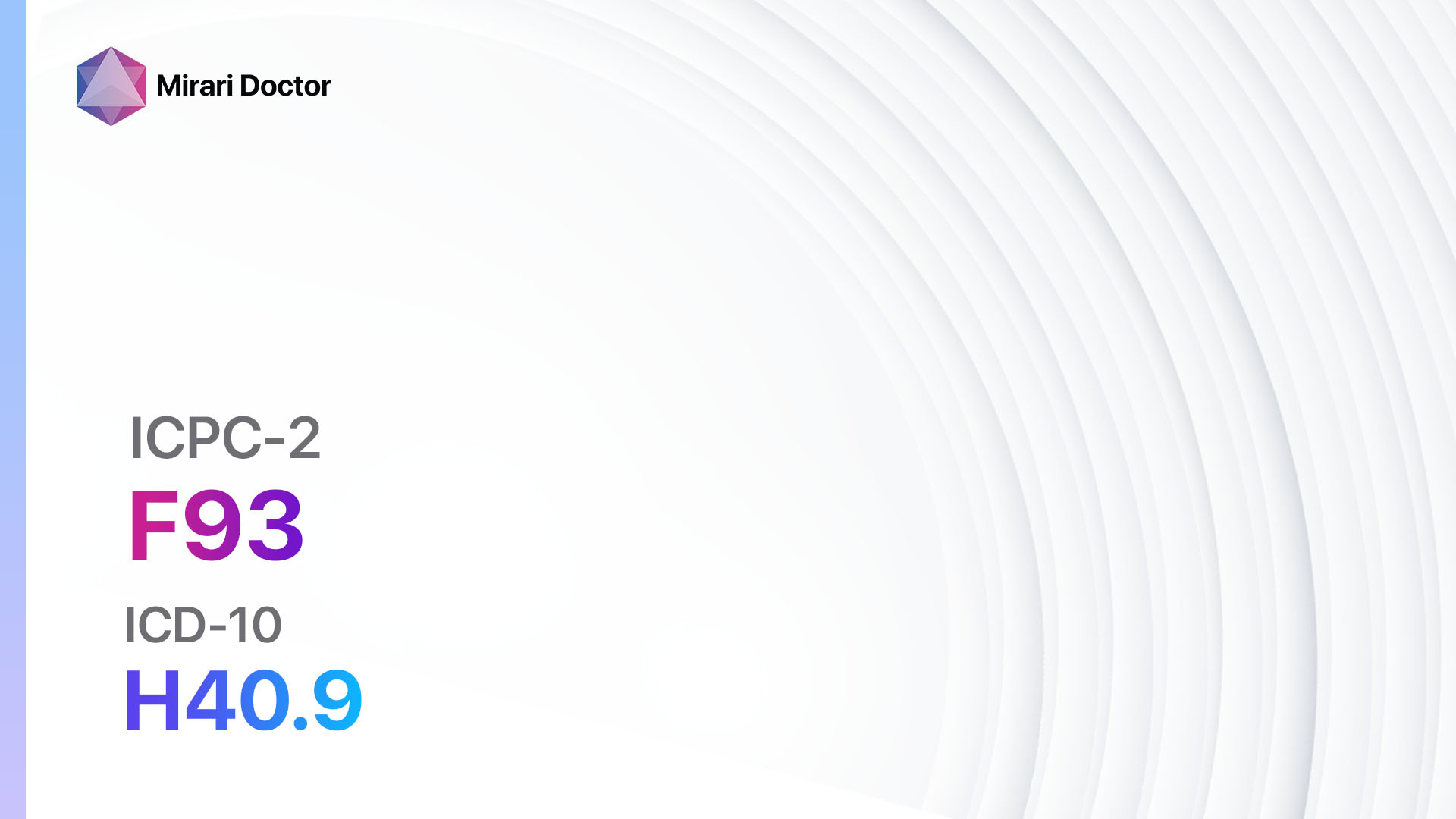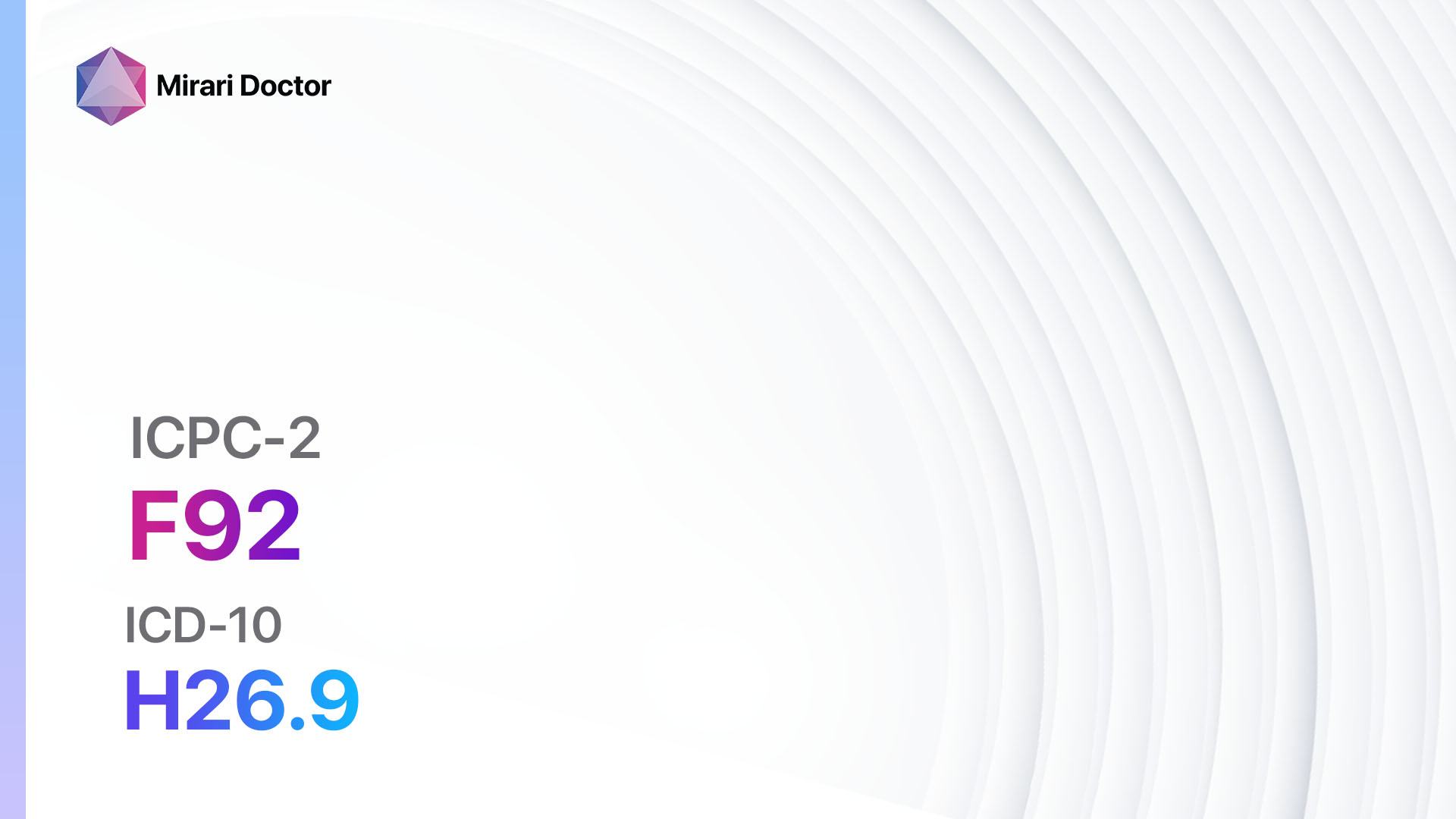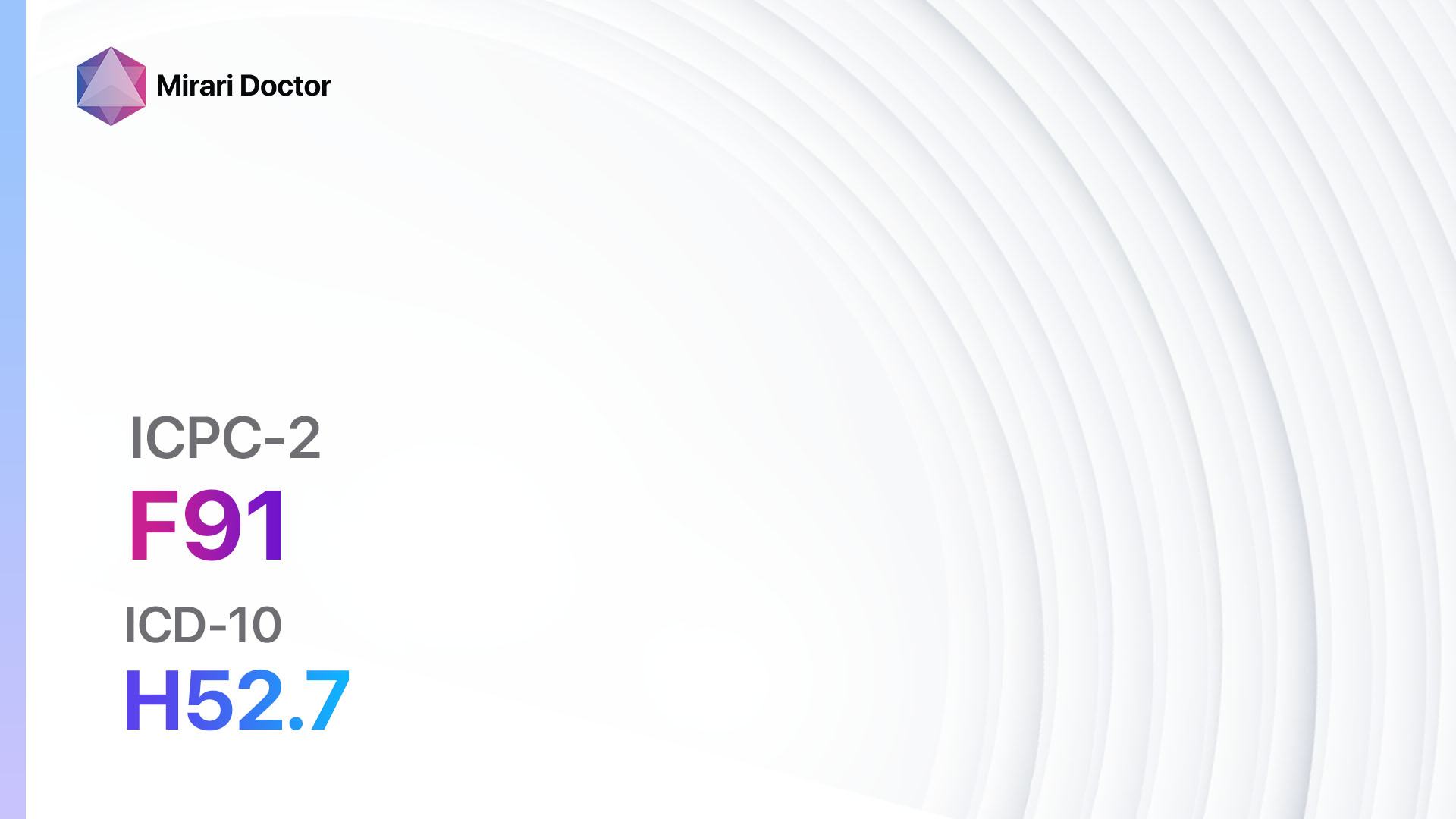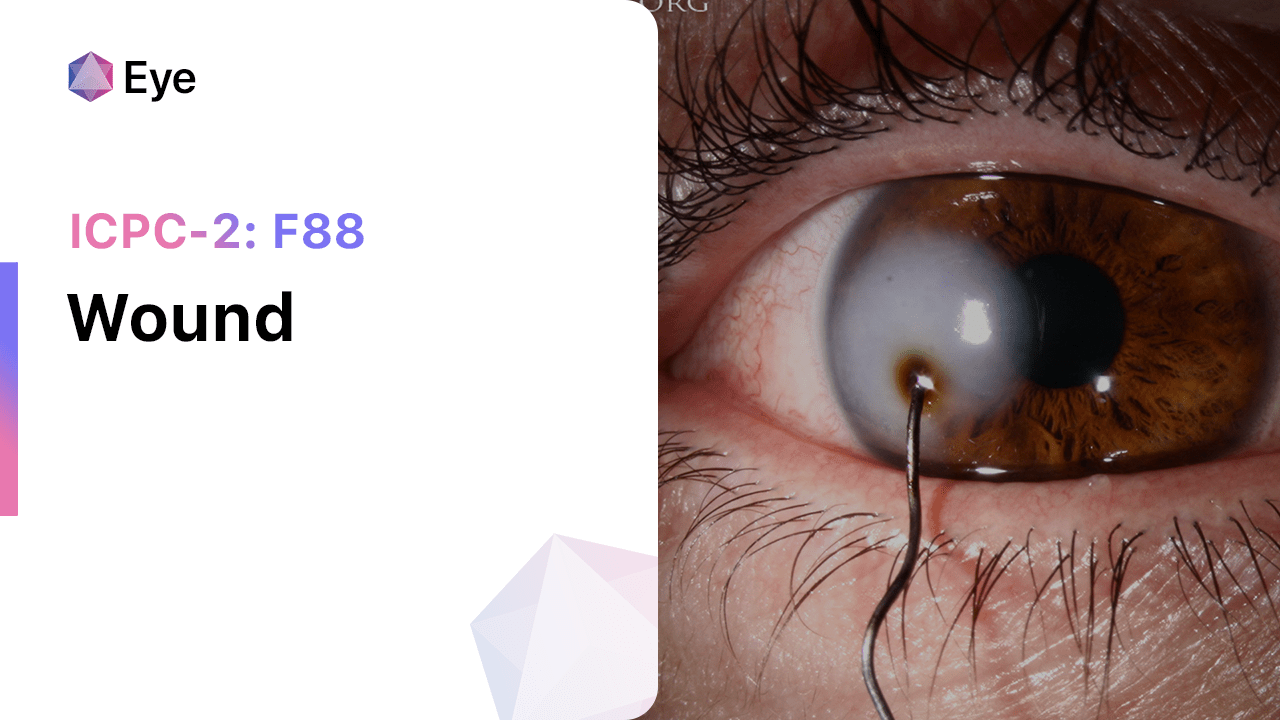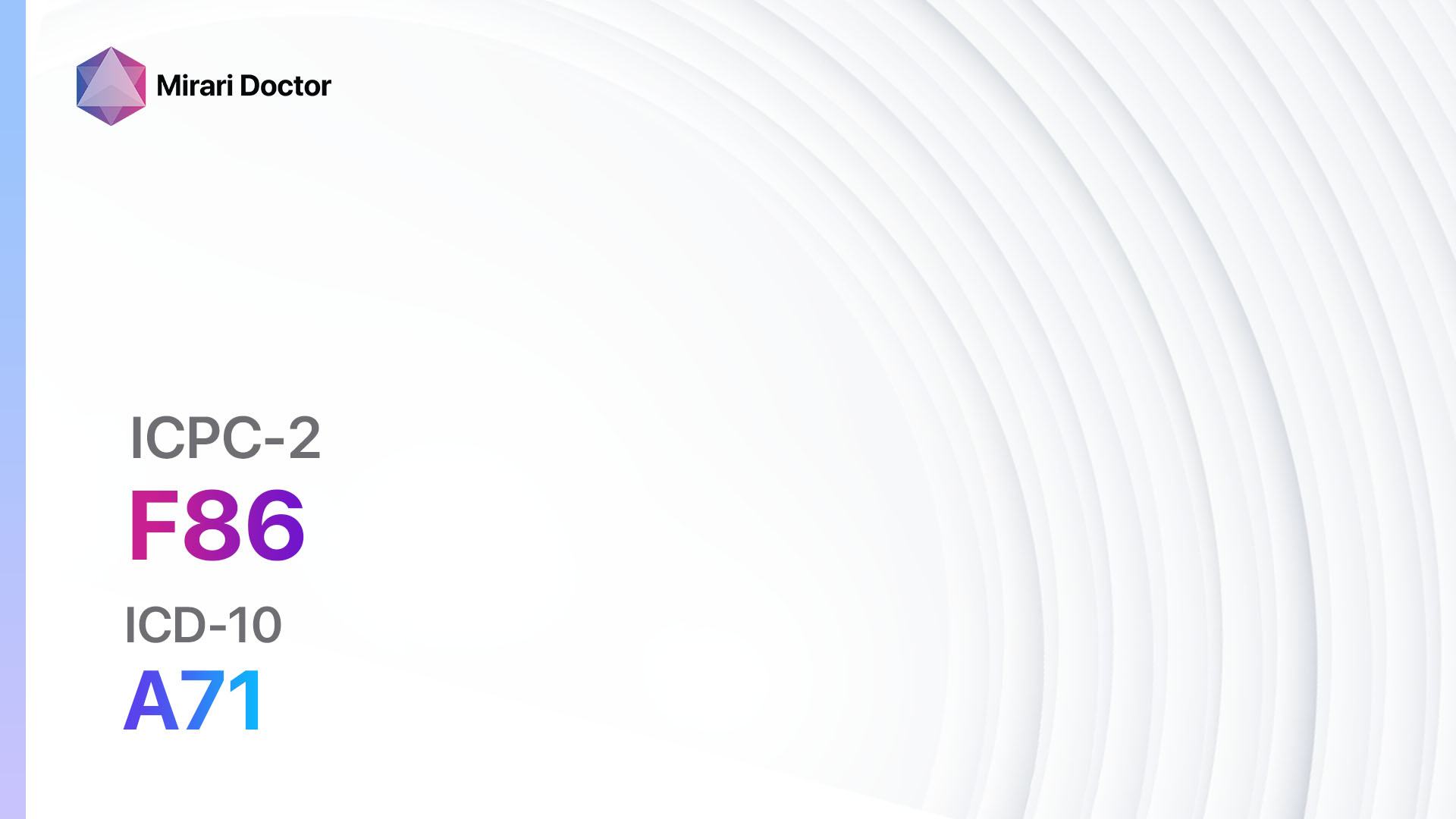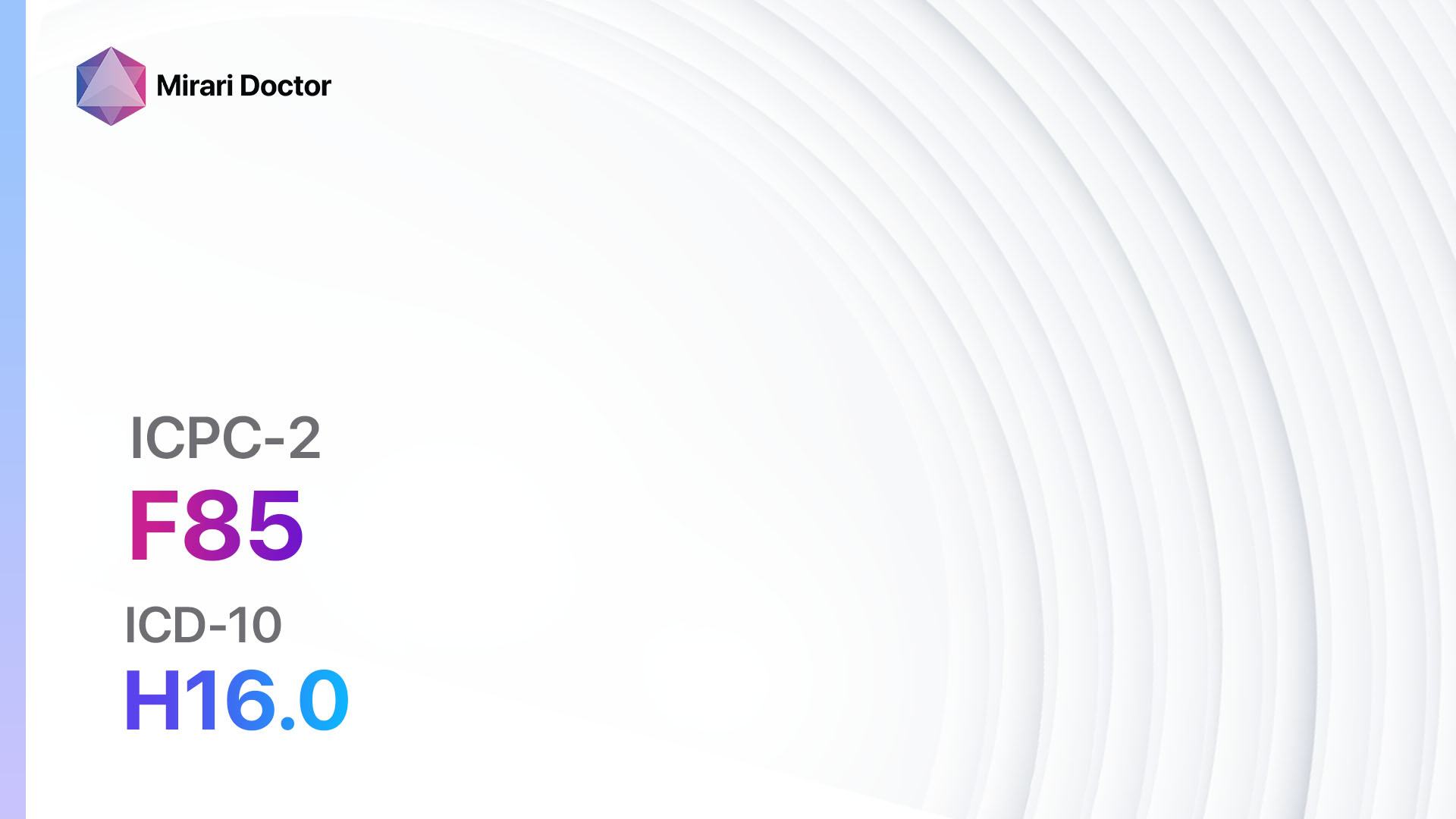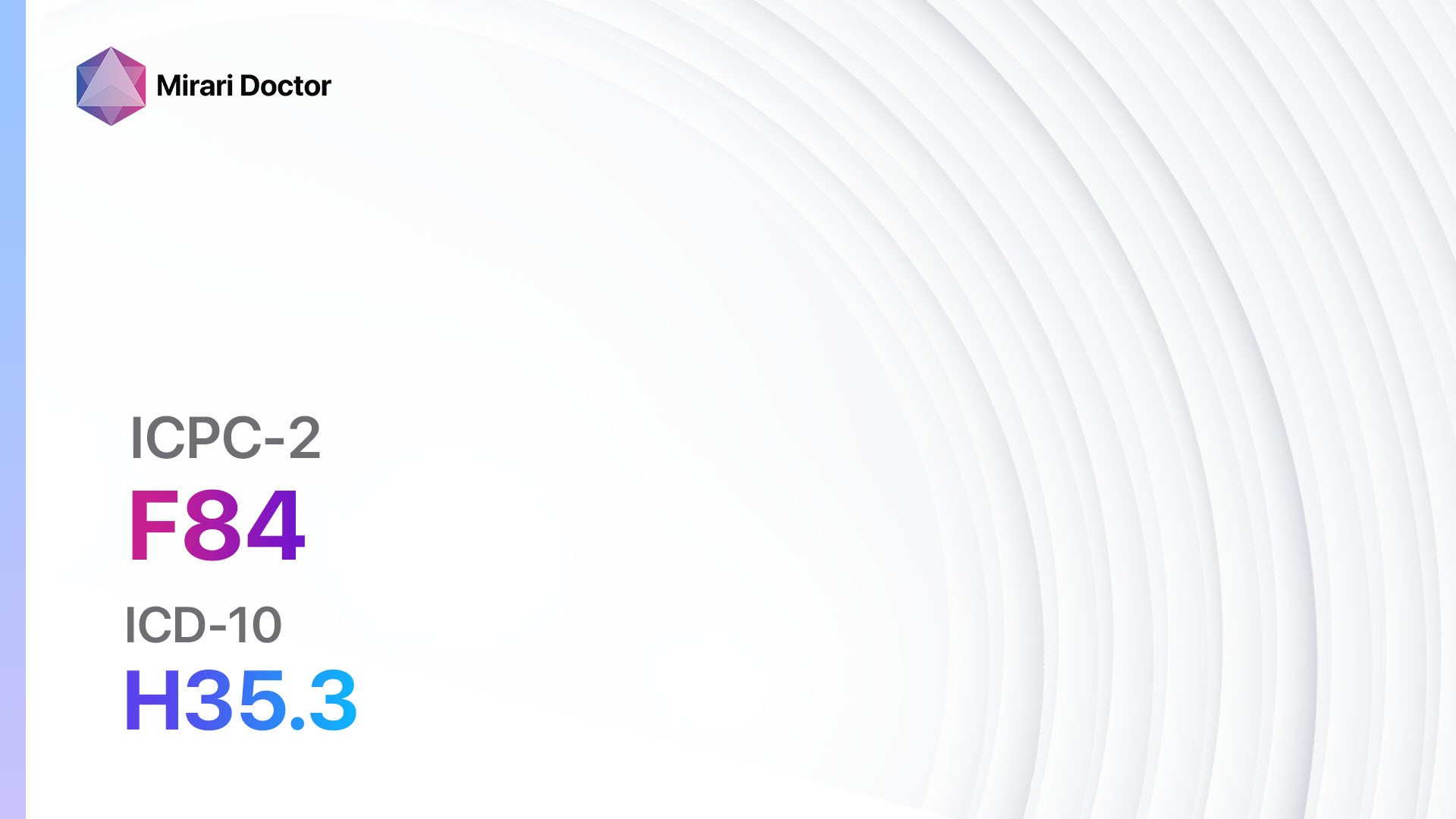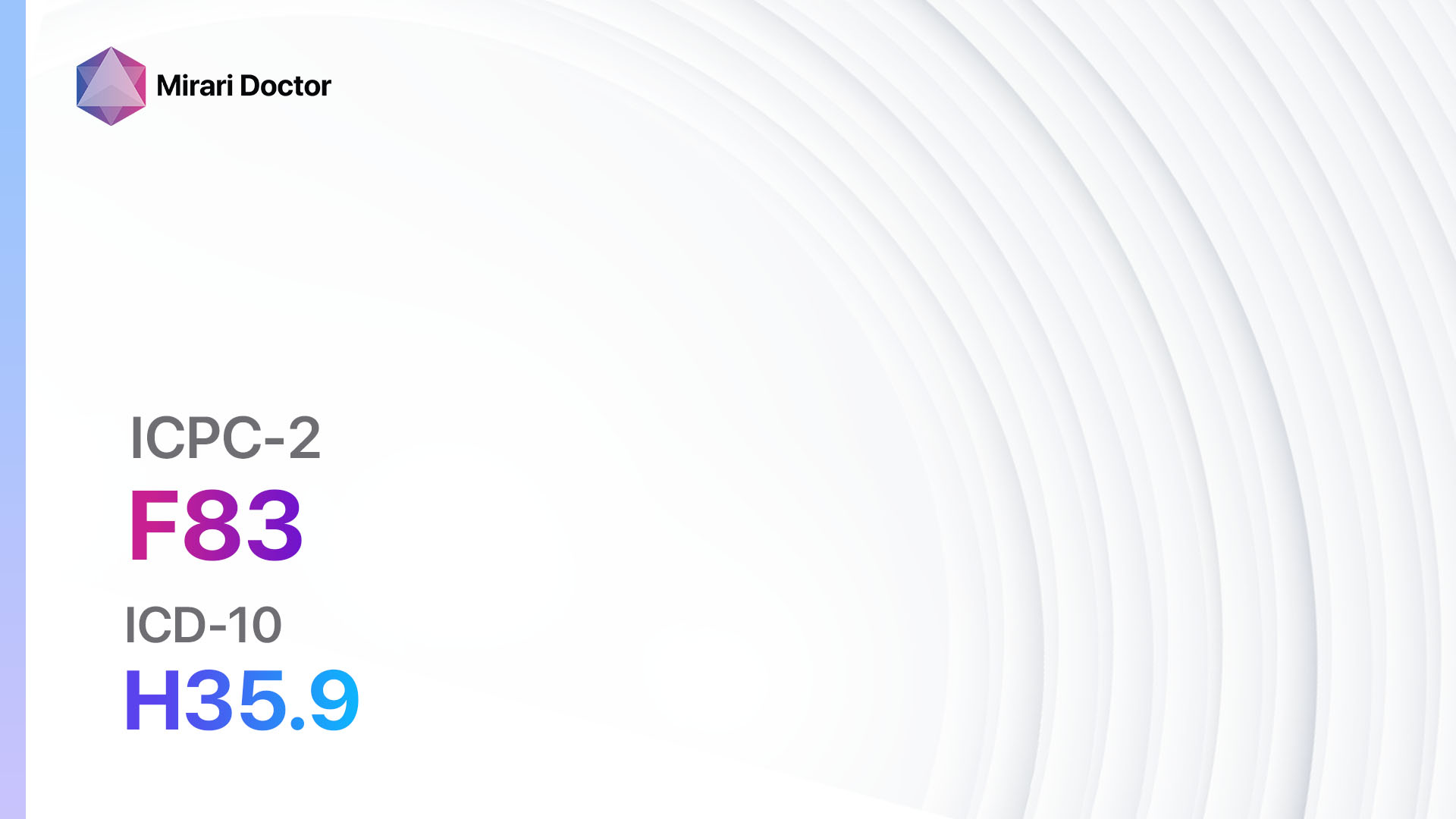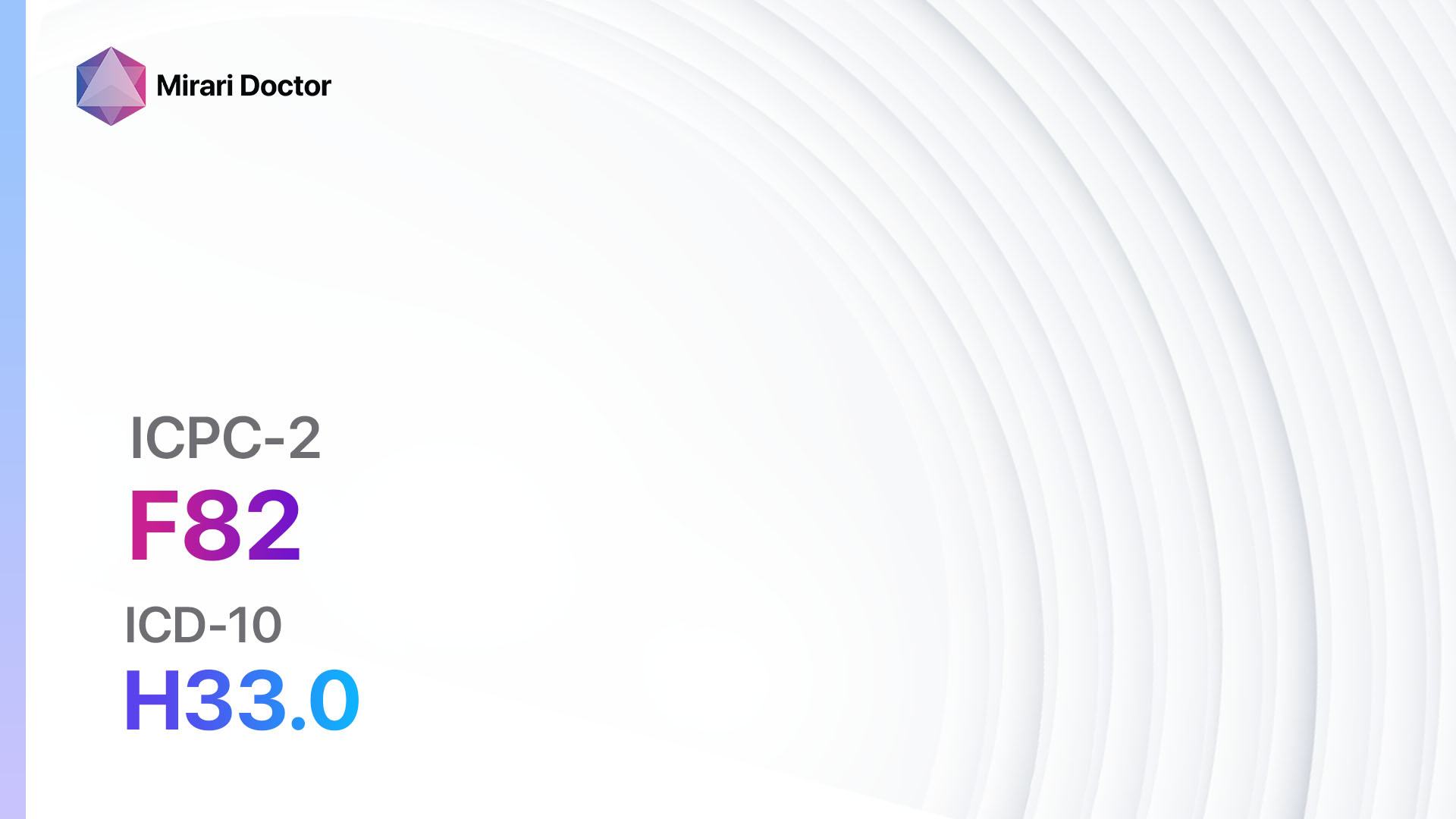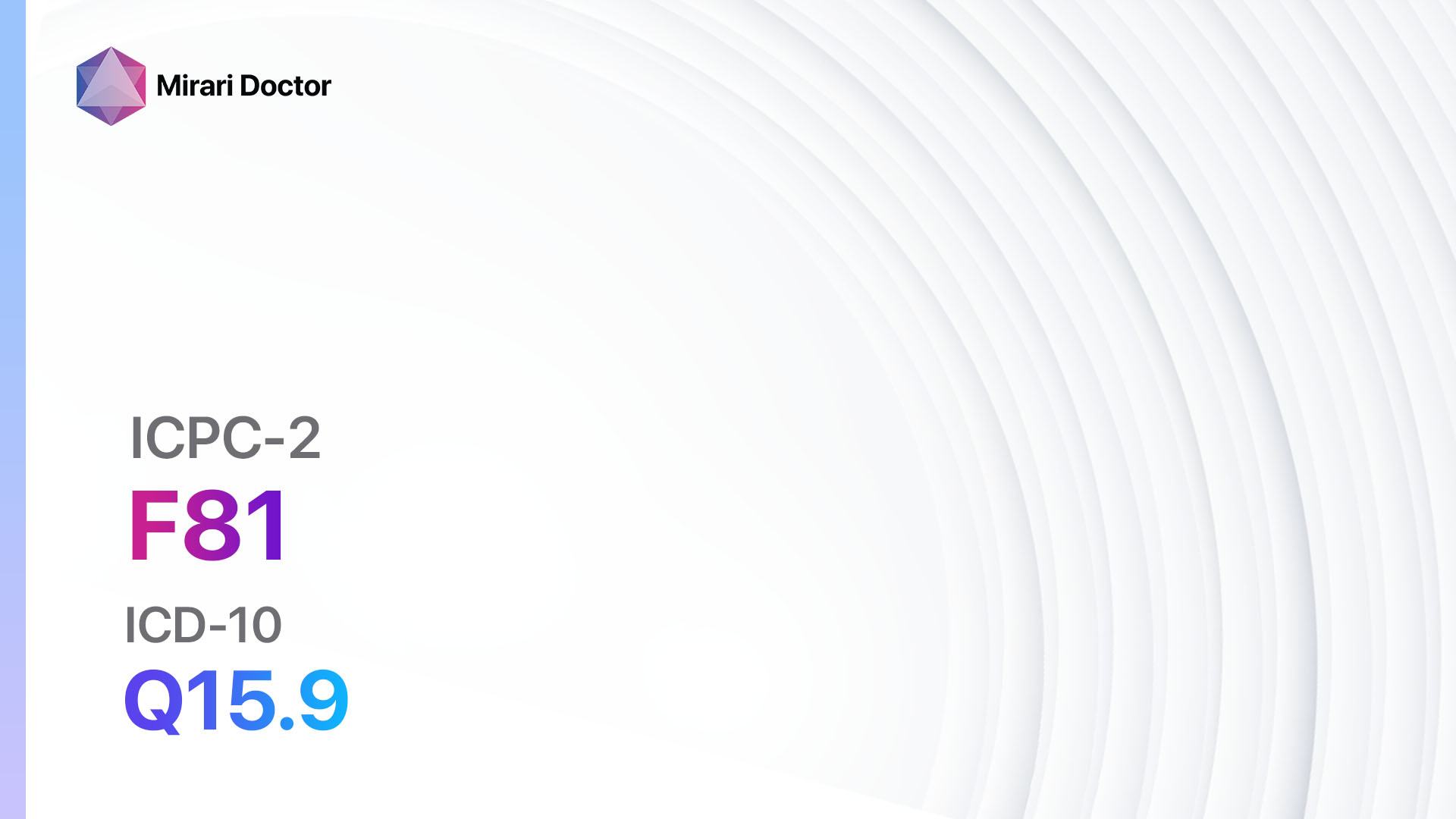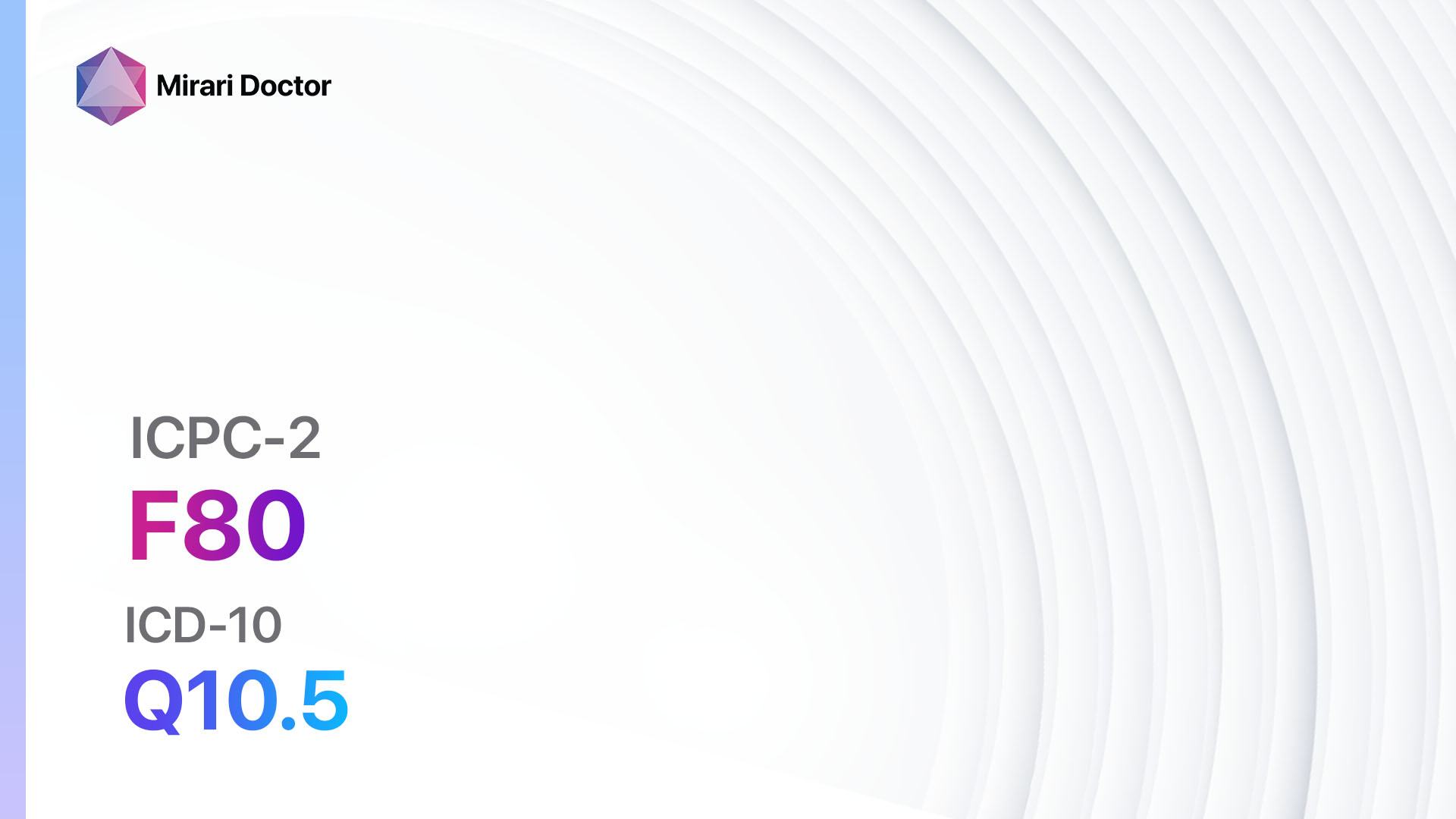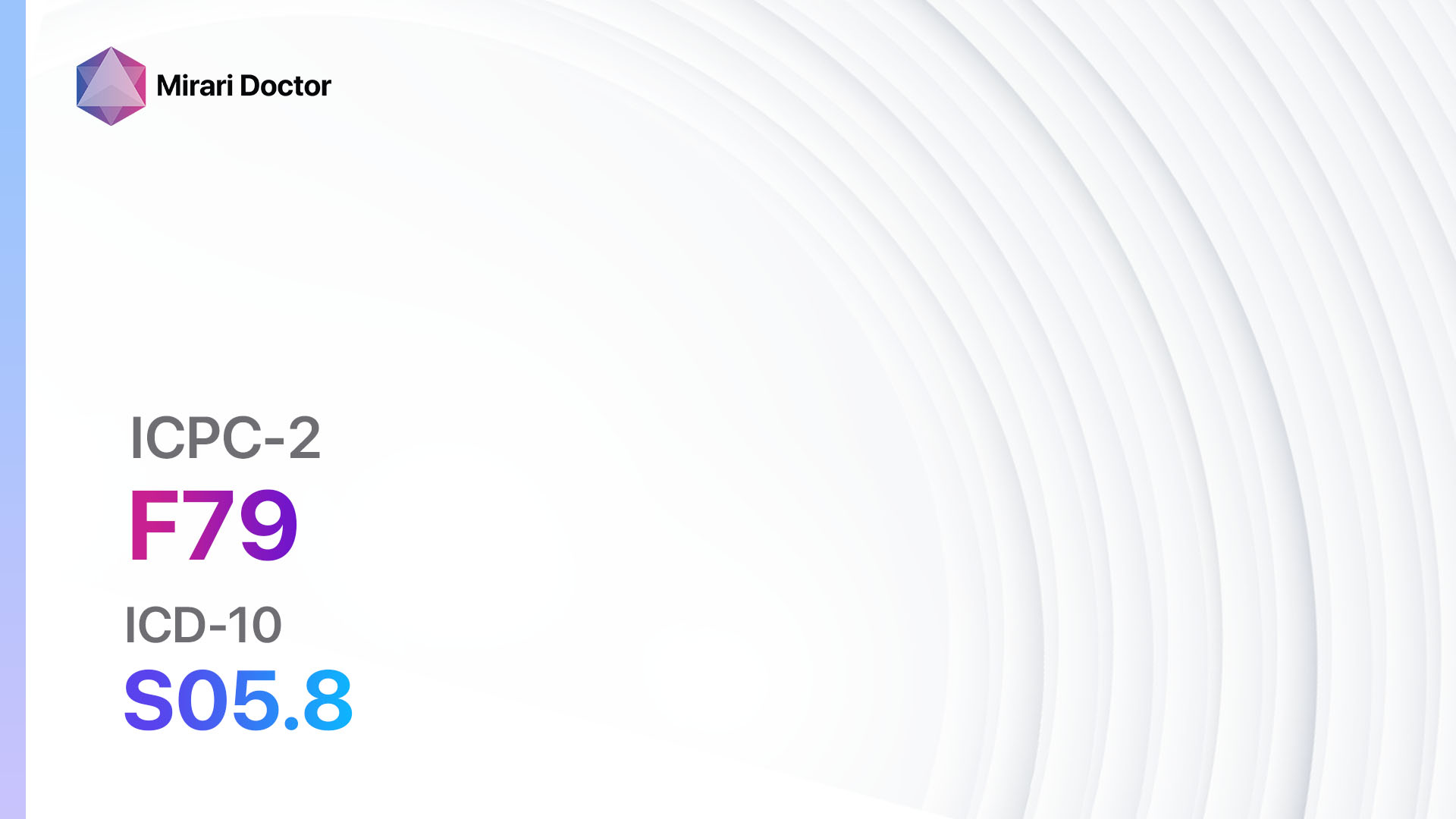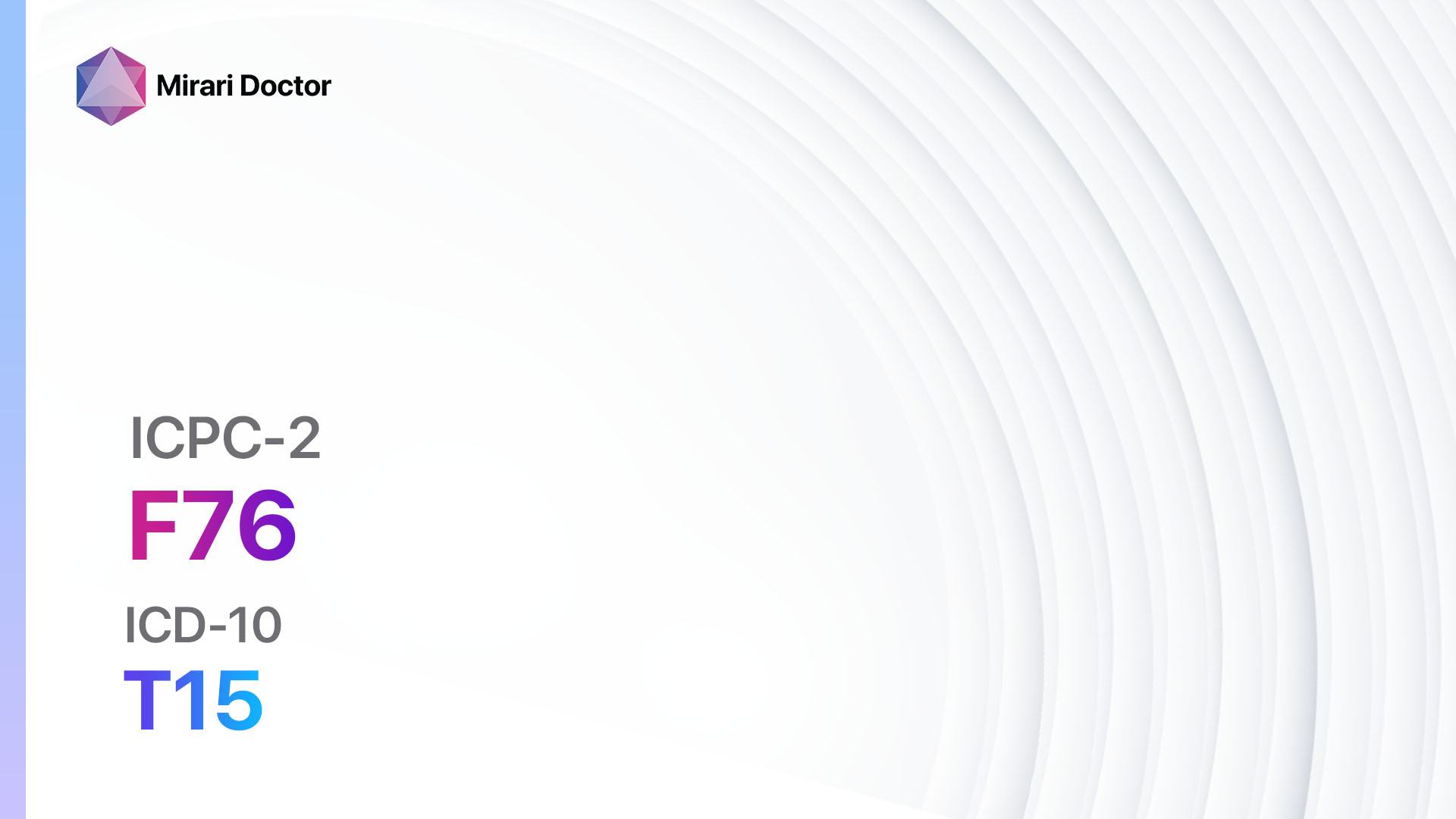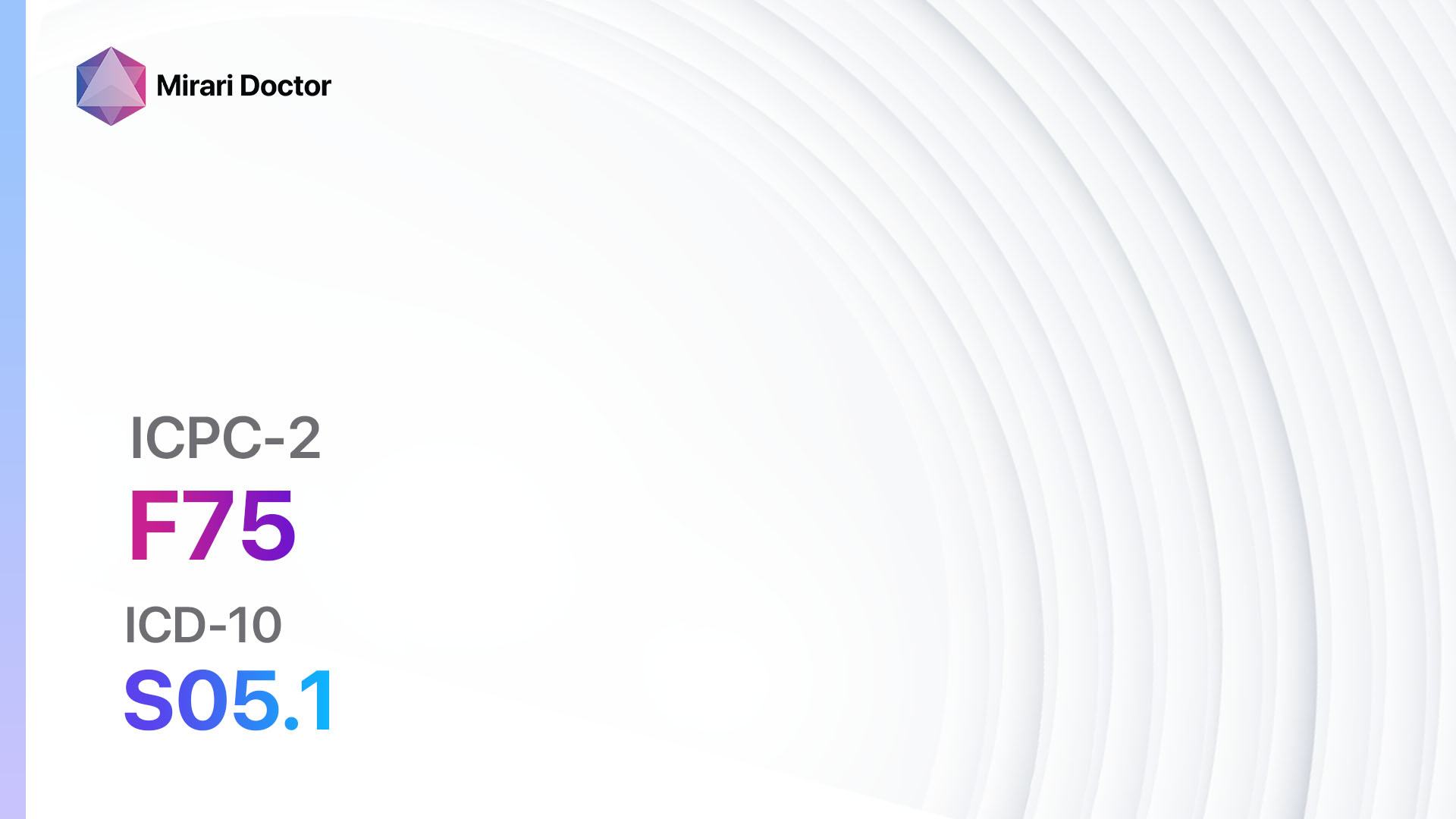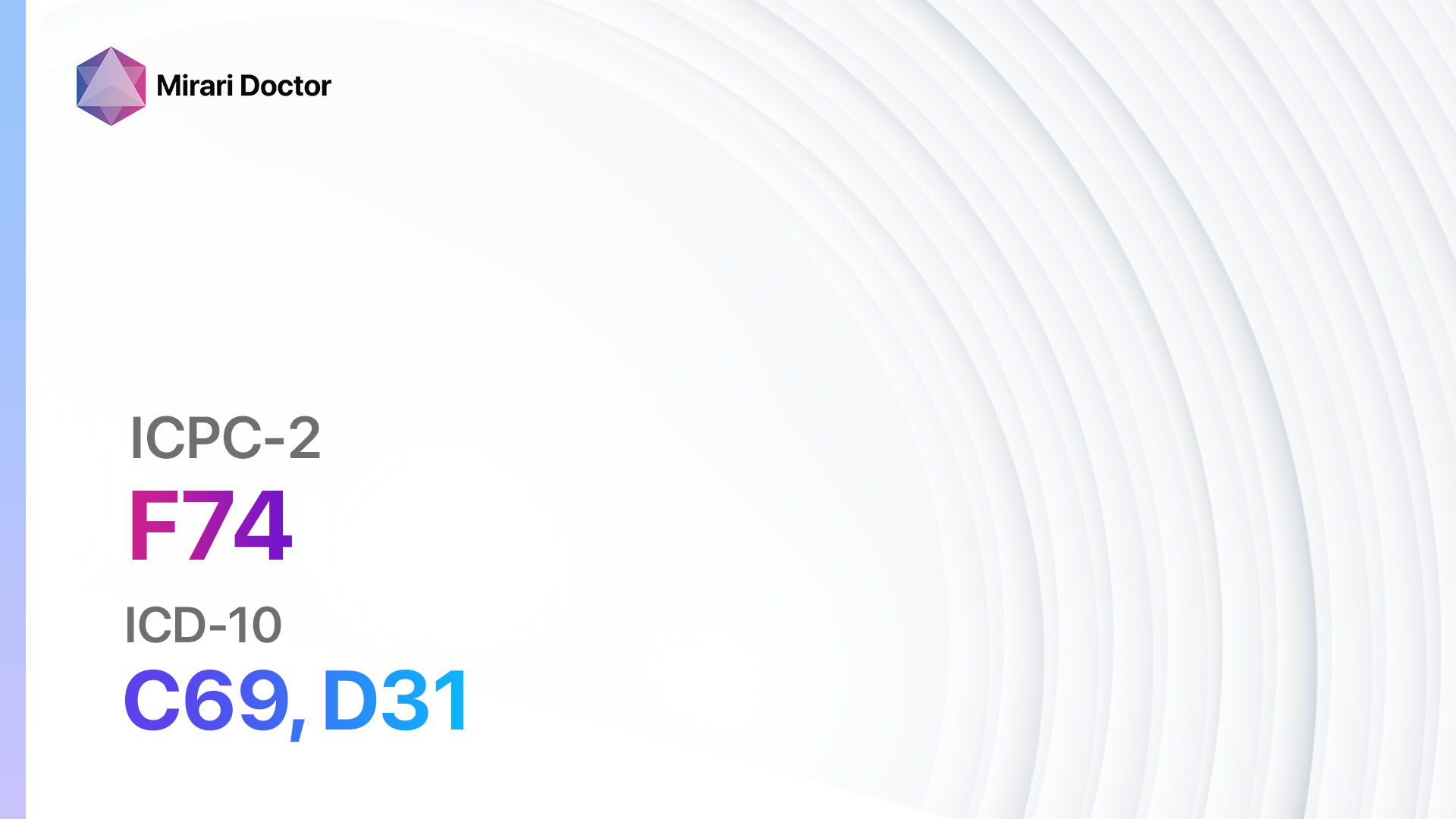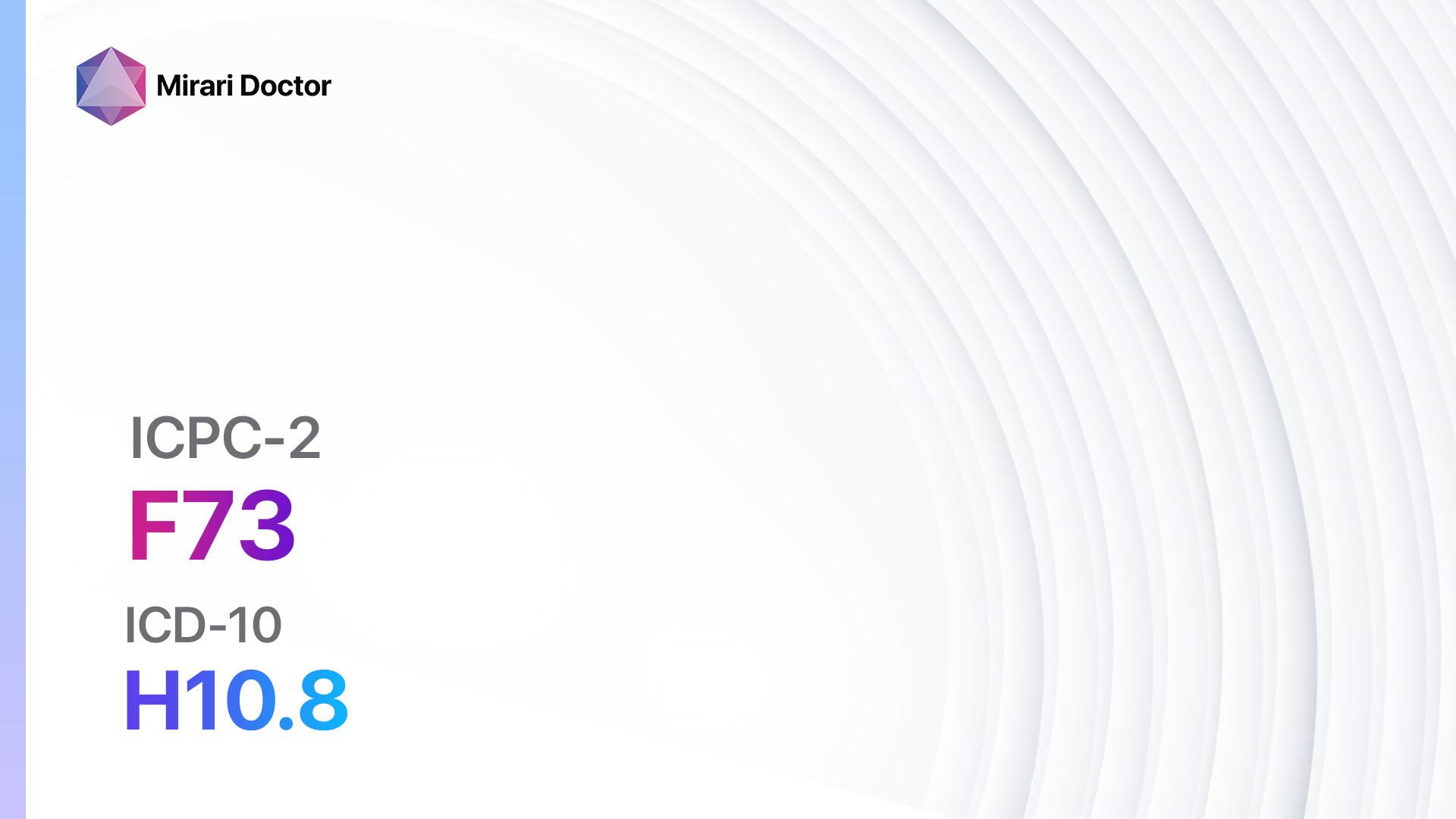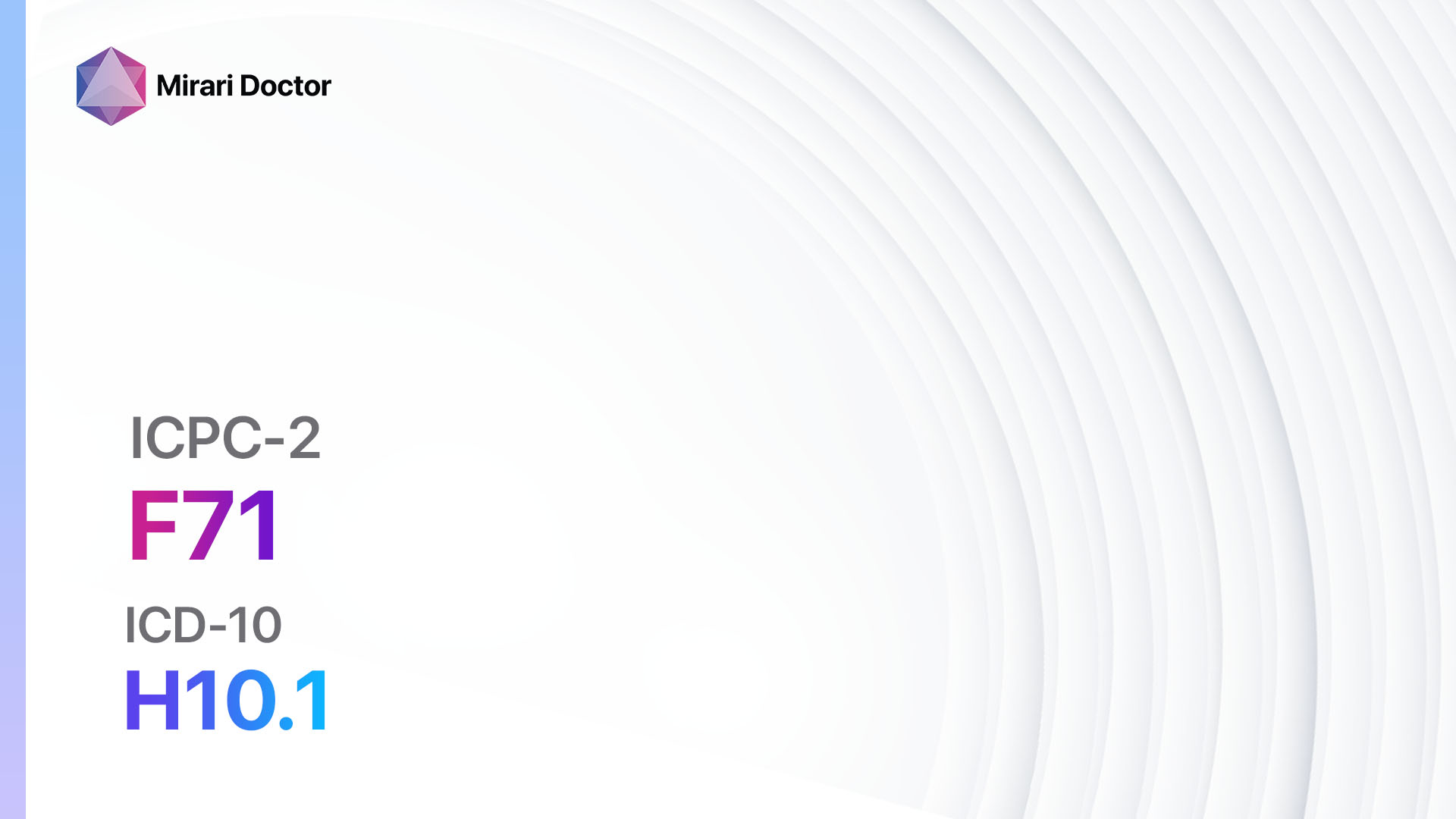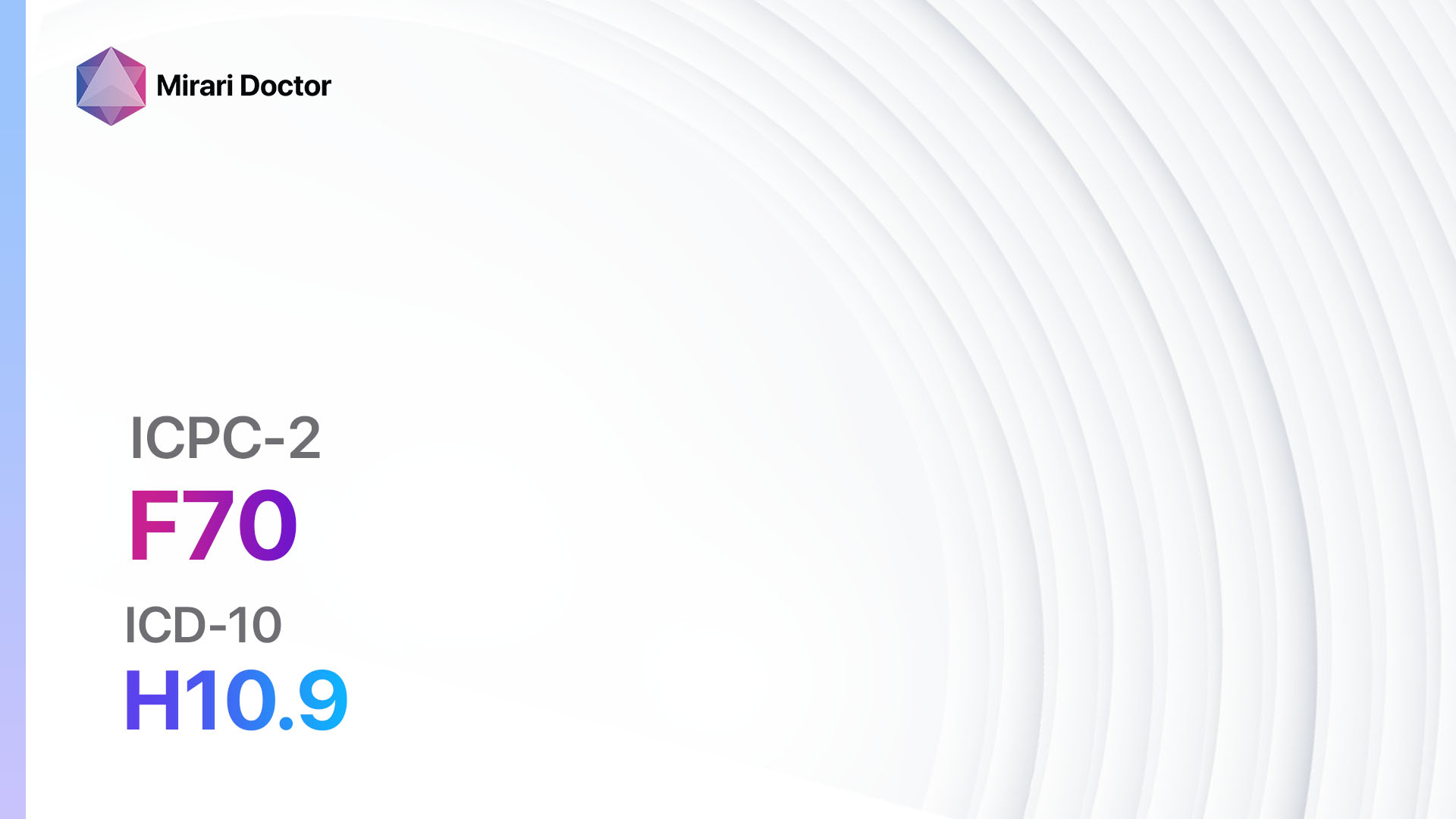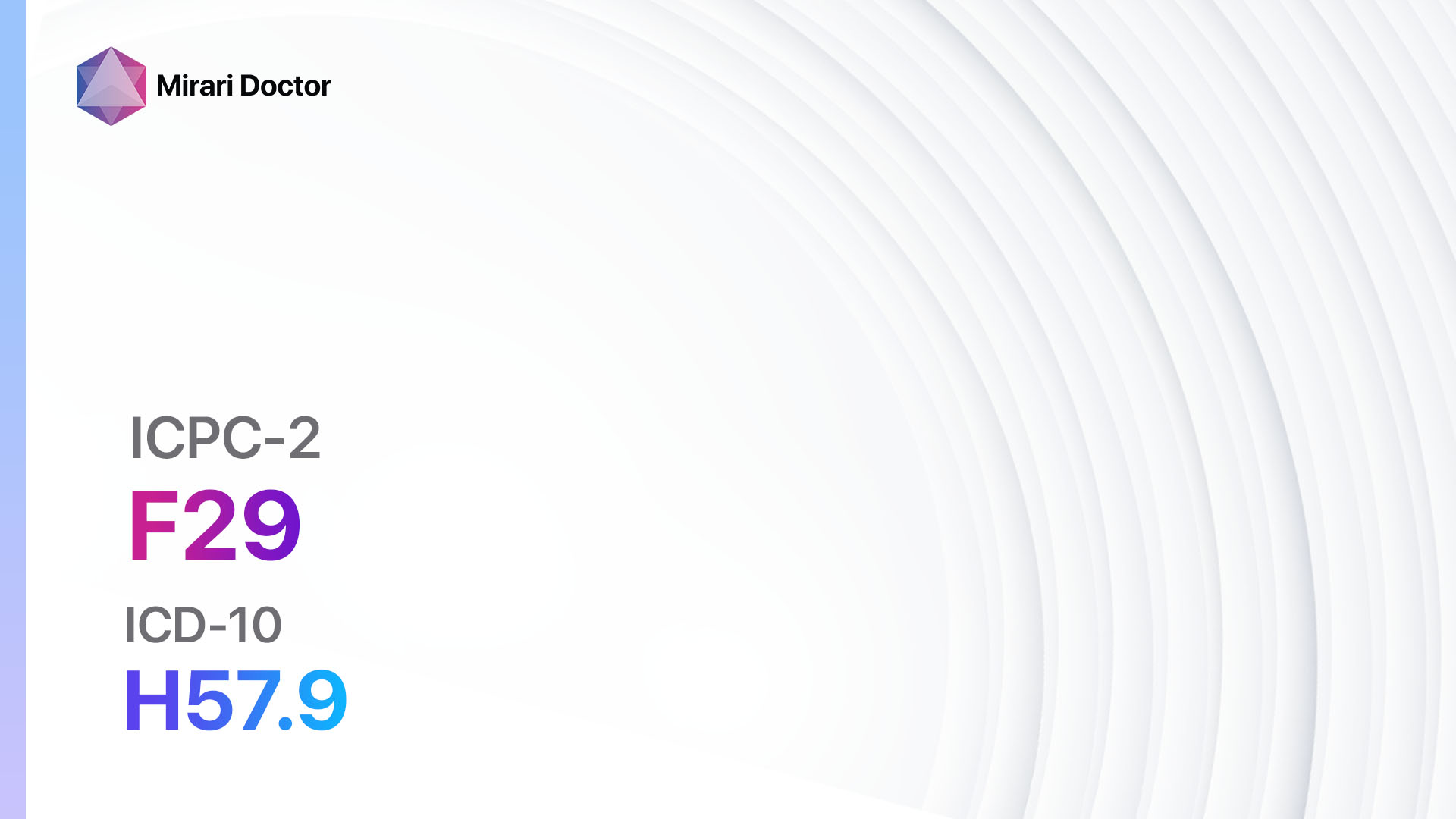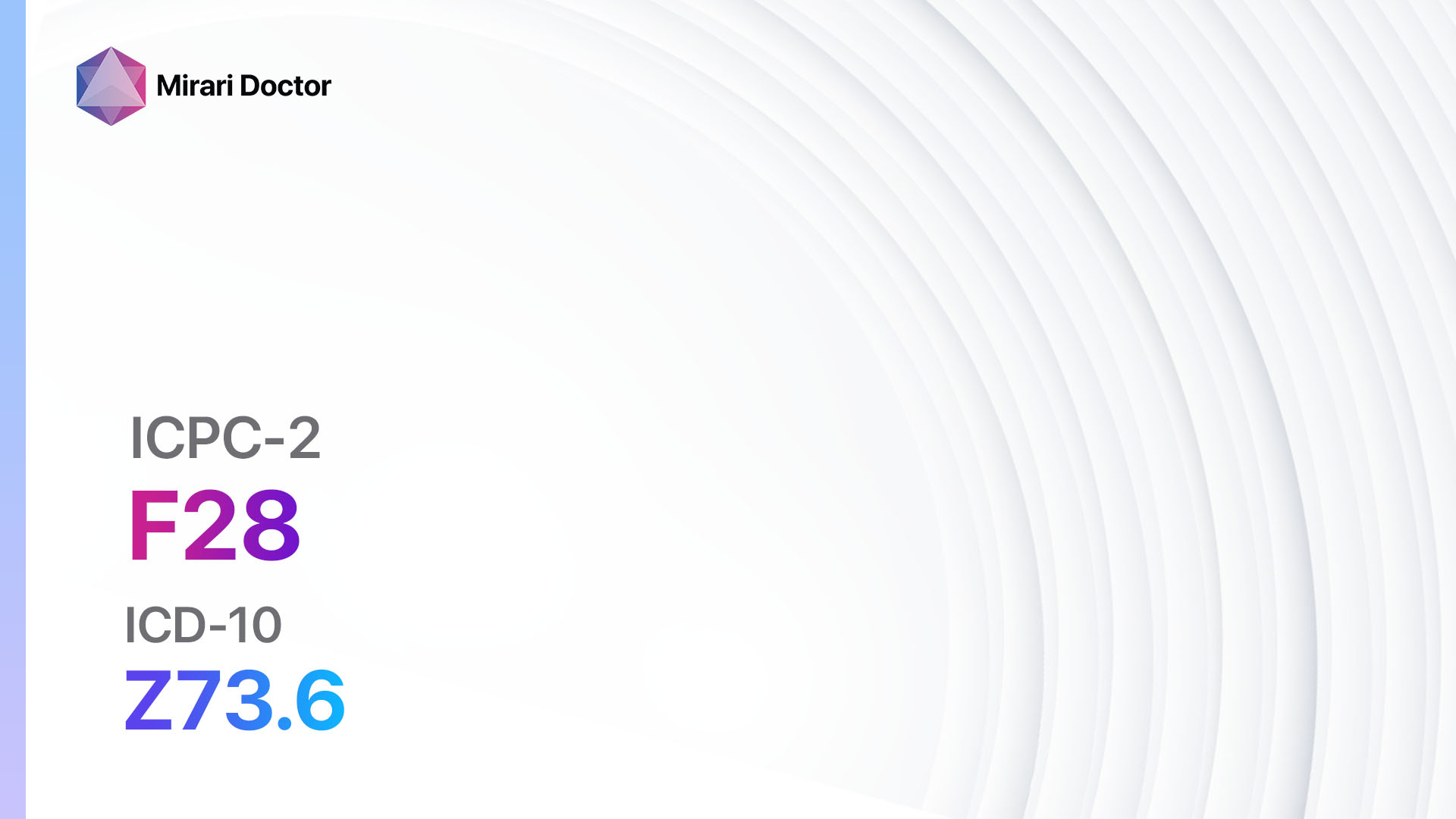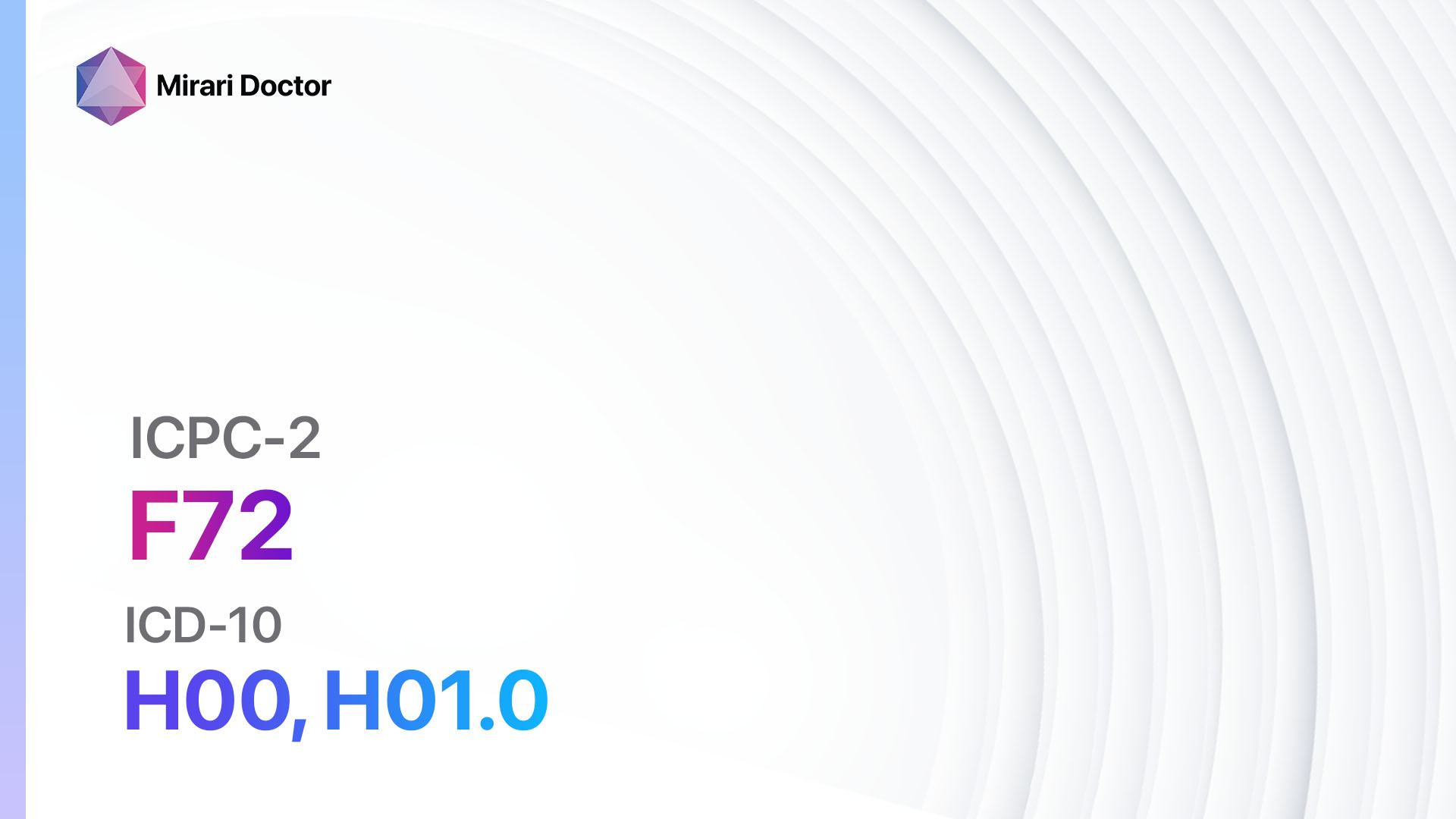
Introduction
Blepharitis, stye, and chalazion are common eye conditions that affect the eyelids and can cause discomfort and inflammation. This guide aims to provide an overview of the symptoms, causes, diagnostic steps, possible interventions, and lifestyle interventions for these conditions.[1][2]
Codes
- ICPC-2 Code: F72 Blepharitis/stye/chalazion[3]
- ICD-10 Code: H00 Hordeolum and chalazion, H01.0 Blepharitis[4]
Symptoms
- Redness and swelling of the eyelid[5]
- Itching or burning sensation[6]
- Crusty or greasy eyelashes[7]
- Sensitivity to light
- Watery or dry eyes[8]
- Blurred vision[9]
Causes
- Bacterial infection[10]
- Seborrheic dermatitis
- Allergies
- Meibomian gland dysfunction
- Poor eyelid hygiene
Diagnostic Steps
Medical History
- Ask about the duration and progression of symptoms
- Inquire about any previous eye conditions or treatments
- Assess for risk factors such as contact lens use or exposure to irritants
- Determine if there are any underlying medical conditions that may contribute to the condition
Physical Examination
- Inspect the eyelids for redness, swelling, or crusting
- Evaluate the eyelashes for signs of inflammation or infection
- Assess the meibomian glands for blockage or dysfunction
- Check for any associated eye conditions such as conjunctivitis or dry eye syndrome
Laboratory Tests
- None required for the diagnosis of blepharitis, stye, or chalazion
Diagnostic Imaging
- None required for the diagnosis of blepharitis, stye, or chalazion
Other Tests
- None required for the diagnosis of blepharitis, stye, or chalazion
Follow-up and Patient Education
- Advise the patient on proper eyelid hygiene, including regular cleaning and warm compresses
- Educate the patient on the importance of avoiding eye rubbing and sharing eye makeup or contact lenses
- Schedule a follow-up appointment if symptoms worsen or do not improve after initial interventions
Possible Interventions
Traditional Interventions
Medications:
Top 5 drugs for Blepharitis/Stye/Chalazion:
- Antibiotic ointment (e.g., erythromycin ointment):
- Cost: $10-$20 per tube
- Contraindications: Hypersensitivity to erythromycin or other macrolide antibiotics
- Side effects: Local irritation or allergic reaction
- Severe side effects: Rare, but may include severe allergic reactions or antibiotic resistance
- Drug interactions: None significant
- Warning: Apply as directed and avoid contact with the eyes
- Steroid eye drops (e.g., dexamethasone eye drops):
- Cost: $10-$30 per bottle
- Contraindications: Active viral or fungal eye infections
- Side effects: Increased intraocular pressure, cataract formation with prolonged use
- Severe side effects: Rare, but may include severe allergic reactions or worsening of underlying eye conditions
- Drug interactions: None significant
- Warning: Use as directed and do not stop abruptly without medical supervision
- Artificial tears (e.g., lubricating eye drops):
- Cost: $5-$15 per bottle
- Contraindications: None
- Side effects: None significant
- Severe side effects: None
- Drug interactions: None significant
- Warning: Use as needed for dryness or discomfort
- Oral antibiotics (e.g., doxycycline, azithromycin):
- Cost: $10-$50 per course of treatment
- Contraindications: Hypersensitivity to the antibiotic or history of severe gastrointestinal side effects
- Side effects: Gastrointestinal upset, photosensitivity
- Severe side effects: Rare, but may include severe allergic reactions or antibiotic resistance
- Drug interactions: None significant
- Warning: Take as directed and complete the full course of treatment
- Steroid ointment (e.g., hydrocortisone ointment):
- Cost: $5-$15 per tube
- Contraindications: Active viral or fungal skin infections
- Side effects: Local irritation or allergic reaction
- Severe side effects: Rare, but may include severe allergic reactions or worsening of underlying skin conditions
- Drug interactions: None significant
- Warning: Apply as directed and avoid contact with the eyes
Alternative Drugs:
- Tea tree oil (topical application): May have antimicrobial properties. Cost: $10-$20 per bottle.
- Omega-3 fatty acids (oral supplements): May help reduce inflammation. Cost: $10-$30 per bottle.
- Povidone-iodine solution (topical application): Antiseptic solution that may help with infection. Cost: $10-$20 per bottle.
- Azithromycin eye drops (alternative to oral antibiotics): Cost: $20-$40 per bottle.
- Cyclosporine eye drops (for severe cases of blepharitis): Cost: $100-$200 per bottle.
Surgical Procedures:
- None typically required for the treatment of blepharitis, stye, or chalazion. However, surgical drainage may be necessary for large or persistent chalazia.
Alternative Interventions
- Warm compresses: Apply a warm, moist cloth to the affected eyelid for 5-10 minutes, several times a day. Cost: Free.
- Lid scrubs: Clean the eyelids with a mild, non-irritating cleanser or baby shampoo. Cost: $5-$10 for a bottle of cleanser.
- Tea bag compresses: Place a warm, moist tea bag (such as chamomile or green tea) on the affected eyelid for 5-10 minutes, several times a day. Cost: $5-$10 for a box of tea bags.
- Eyelid massage: Gently massage the eyelids to help unclog the meibomian glands. Cost: Free.
- Nutritional supplements: Omega-3 fatty acids, vitamin A, and vitamin D may have potential benefits for eye health. Cost: Varies depending on the specific supplement.
Lifestyle Interventions
- Maintain good eyelid hygiene by regularly cleaning the eyelids and avoiding eye rubbing.
- Avoid sharing eye makeup or contact lenses to prevent the spread of infection.
- Protect the eyes from irritants such as smoke, dust, and allergens.
- Use artificial tears or lubricating eye drops to relieve dryness and discomfort.
- Practice good overall hygiene and maintain a healthy lifestyle to support eye health.
It is important to note that the cost ranges provided are approximate and may vary depending on the location and availability of the interventions.
Mirari Cold Plasma Alternative Intervention
Understanding Mirari Cold Plasma
- Safe and Non-Invasive Treatment: Mirari Cold Plasma is a safe and non-invasive treatment option for various skin conditions. It does not require incisions, minimizing the risk of scarring, bleeding, or tissue damage.
- Efficient Extraction of Foreign Bodies: Mirari Cold Plasma facilitates the removal of foreign bodies from the skin by degrading and dissociating organic matter, allowing easier access and extraction.
- Pain Reduction and Comfort: Mirari Cold Plasma has a local analgesic effect, providing pain relief during the treatment, making it more comfortable for the patient.
- Reduced Risk of Infection: Mirari Cold Plasma has antimicrobial properties, effectively killing bacteria and reducing the risk of infection.
- Accelerated Healing and Minimal Scarring: Mirari Cold Plasma stimulates wound healing and tissue regeneration, reducing healing time and minimizing the formation of scars.
Mirari Cold Plasma Prescription
Video instructions for using Mirari Cold Plasma Device – F72 Blepharitis/stye/chalazion (ICD-10:H00, H01.0)
| Mild | Moderate | Severe |
| Mode setting: 1 (Infection) Location: 7 (Neuro system & ENT) Morning: 15 minutes, Evening: 15 minutes |
Mode setting: 1 (Infection) Location: 7 (Neuro system & ENT) Morning: 30 minutes, Lunch: 30 minutes, Evening: 30 minutes |
Mode setting: 1 (Infection) Location: 7 (Neuro system & ENT) Morning: 30 minutes, Lunch: 30 minutes, Evening: 30 minutes |
| Mode setting: 2 (Wound Healing) Location: 7 (Neuro system & ENT) Morning: 15 minutes, Evening: 15 minutes |
Mode setting: 2 (Wound Healing) Location: 7 (Neuro system & ENT) Morning: 30 minutes, Lunch: 30 minutes, Evening: 30 minutes |
Mode setting: 2 (Wound Healing) Location: 7 (Neuro system & ENT) Morning: 30 minutes, Lunch: 30 minutes, Evening: 30 minutes |
| Mode setting: 3 (Antiviral Therapy) Location: 7 (Neuro system & ENT) Morning: 15 minutes, Evening: 15 minutes |
Mode setting: 3 (Antiviral Therapy) Location: 7 (Neuro system & ENT) Morning: 30 minutes, Lunch: 30 minutes, Evening: 30 minutes |
Mode setting: 3 (Antiviral Therapy) Location: 7 (Neuro system & ENT) Morning: 30 minutes, Lunch: 30 minutes, Evening: 30 minutes |
| Total Morning: 45 minutes approx. $7.50 USD, Evening: 45 minutes approx. $7.50 USD |
Total Morning: 90 minutes approx. $15 USD, Lunch: 90 minutes approx. $15 USD, Evening: 90 minutes approx. $15 USD, |
Total Morning: 90 minutes approx. $15 USD, Lunch: 90 minutes approx. $15 USD, Evening: 90 minutes approx. $15 USD, |
| Usual treatment for 7-60 days approx. $105 USD – $900 USD | Usual treatment for 6-8 weeks approx. $1,890 USD – $2,520 USD |
Usual treatment for 3-6 months approx. $4,050 USD – $8,100 USD
|
 |
|
Use the Mirari Cold Plasma device to treat Blepharitis/stye/chalazion effectively.
WARNING: MIRARI COLD PLASMA IS DESIGNED FOR THE HUMAN BODY WITHOUT ANY ARTIFICIAL OR THIRD PARTY PRODUCTS. USE OF OTHER PRODUCTS IN COMBINATION WITH MIRARI COLD PLASMA MAY CAUSE UNPREDICTABLE EFFECTS, HARM OR INJURY. PLEASE CONSULT A MEDICAL PROFESSIONAL BEFORE COMBINING ANY OTHER PRODUCTS WITH USE OF MIRARI.
Step 1: Cleanse the Skin
- Start by cleaning the affected area of the skin with a gentle cleanser or mild soap and water. Gently pat the area dry with a clean towel.
Step 2: Prepare the Mirari Cold Plasma device
- Ensure that the Mirari Cold Plasma device is fully charged or has fresh batteries as per the manufacturer’s instructions. Make sure the device is clean and in good working condition.
- Switch on the Mirari device using the power button or by following the specific instructions provided with the device.
- Some Mirari devices may have adjustable settings for intensity or treatment duration. Follow the manufacturer’s instructions to select the appropriate settings based on your needs and the recommended guidelines.
Step 3: Apply the Device
- Place the Mirari device in direct contact with the affected area of the skin. Gently glide or hold the device over the skin surface, ensuring even coverage of the area experiencing.
- Slowly move the Mirari device in a circular motion or follow a specific pattern as indicated in the user manual. This helps ensure thorough treatment coverage.
Step 4: Monitor and Assess:
- Keep track of your progress and evaluate the effectiveness of the Mirari device in managing your Blepharitis/stye/chalazion. If you have any concerns or notice any adverse reactions, consult with your health care professional.
Note
This guide is for informational purposes only and should not replace the advice of a medical professional. Always consult with your healthcare provider or a qualified medical professional for personal advice, diagnosis, or treatment. Do not solely rely on the information presented here for decisions about your health. Use of this information is at your own risk. The authors of this guide, nor any associated entities or platforms, are not responsible for any potential adverse effects or outcomes based on the content.
Mirari Cold Plasma System Disclaimer
- Purpose: The Mirari Cold Plasma System is a Class 2 medical device designed for use by trained healthcare professionals. It is registered for use in Thailand and Vietnam. It is not intended for use outside of these locations.
- Informational Use: The content and information provided with the device are for educational and informational purposes only. They are not a substitute for professional medical advice or care.
- Variable Outcomes: While the device is approved for specific uses, individual outcomes can differ. We do not assert or guarantee specific medical outcomes.
- Consultation: Prior to utilizing the device or making decisions based on its content, it is essential to consult with a Certified Mirari Tele-Therapist and your medical healthcare provider regarding specific protocols.
- Liability: By using this device, users are acknowledging and accepting all potential risks. Neither the manufacturer nor the distributor will be held accountable for any adverse reactions, injuries, or damages stemming from its use.
- Geographical Availability: This device has received approval for designated purposes by the Thai and Vietnam FDA. As of now, outside of Thailand and Vietnam, the Mirari Cold Plasma System is not available for purchase or use.
References
-
- Lindsley, K., Matsumura, S., Hatef, E., & Akpek, E. K. (2012). Interventions for chronic blepharitis. Cochrane Database of Systematic Reviews, (5).
- Czepita, D., Kuźna-Grygiel, W., Czepitas, D., & Grobelny, A. (2007). Demodex folliculorum and Demodex brevis as a cause of chronic marginal blepharitis. Annales Academiae Medicae Stetinensis, 53(1), 63-67.
- World Health Organization. (2022). International Classification of Primary Care, Second edition (ICPC-2).
- World Health Organization. (2022). International Statistical Classification of Diseases and Related Health Problems, 10th Revision (ICD-10).
- Lindsley, K., Matsumura, S., Hatef, E., & Akpek, E. K. (2012). Interventions for chronic blepharitis. Cochrane Database of Systematic Reviews, (5).
- Geerling, G., Tauber, J., Baudouin, C., Goto, E., Matsumoto, Y., O’Brien, T., … & Nichols, K. K. (2011). The international workshop on meibomian gland dysfunction: report of the subcommittee on management and treatment of meibomian gland dysfunction. Investigative ophthalmology & visual science, 52(4), 2050-2064.
- Ozen, Serkan ; Ozer, Murat A. (2017). Ganciclovir ophthalmic gel treatment shortens the recovery time and prevents complications in the adenoviral eye infection. DOI: 10.1007/s10792-016-0260-1
- Singh, Shikha ; Sankar, Bhawani ; Rajesh, Sathapthy ; Sahoo, Kumar ; Subudhi, Enketeswara ; Nayak, Sanghamitra (2011). Chemical Composition of Turmeric Oil (Curcuma longa L. cv. Roma) and its Antimicrobial Activity against Eye Infecting Pathogens. DOI: 10.1080/10412905.2011.9712275
- Shankar, Jayendra ; Sueke, Henri ; Wiehlmann, Lutz ; Horsburgh, Malcolm J ; Tuft, Stephen ; Neal, Timothy J ; Kaye, Stephen B ; Winstanley, Craig (2012). Genotypic analysis of UK keratitis-associated Pseudomonas aeruginosa suggests adaptation to environmental water as a key component in the development of eye infections. DOI: 10.1111/j.1574-6968.2012.02621.x
- Carmine, A A ; Brogden, R N ; Heel, R C ; Speight, T M ; Avery, G S (1982). Trifluridine: a review of its antiviral activity and therapeutic use in the topical treatment of viral eye infections. DOI: 10.2165/00003495-198223050-00001
Related articles
Made in USA


